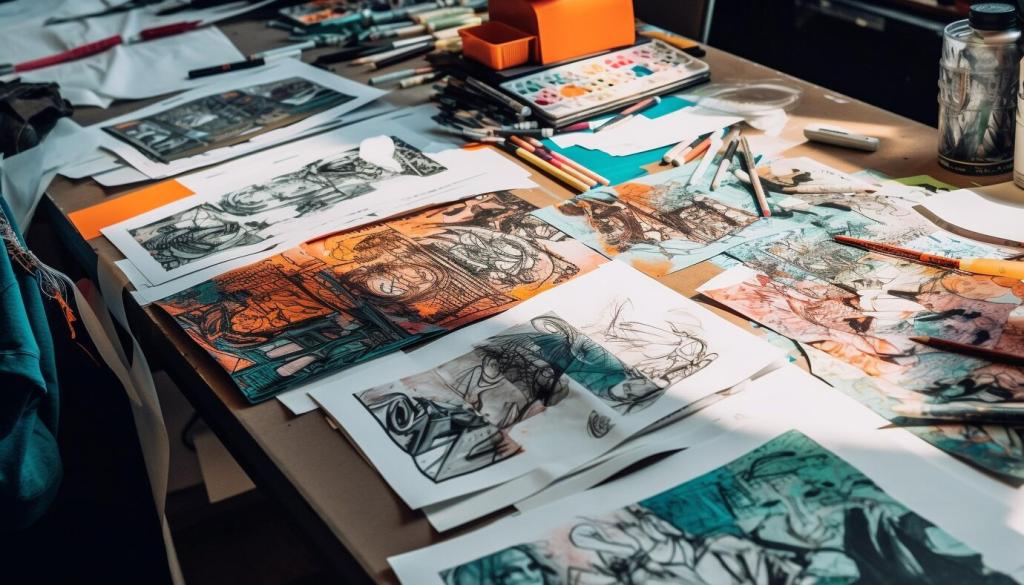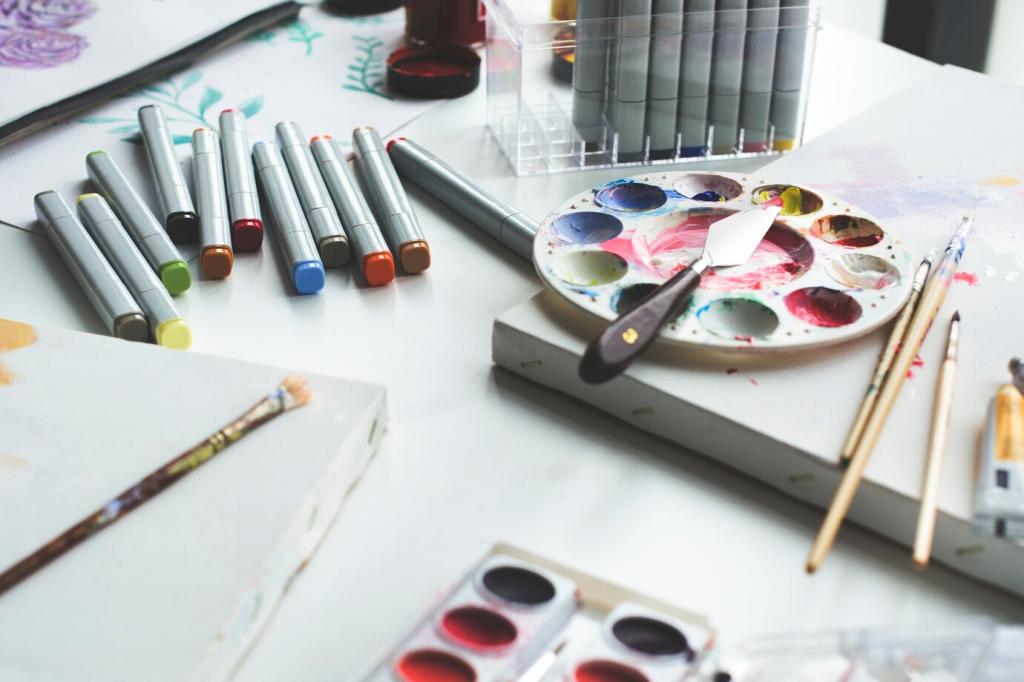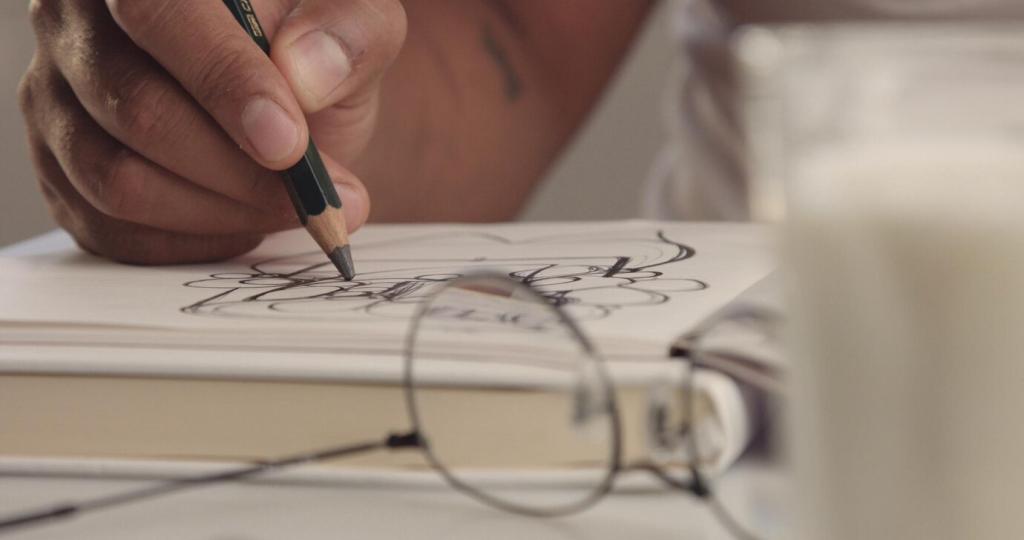Brushstrokes Across Borders
From Lagos to Tokyo, artists remix motifs once tied to specific places, creating hybrid styles that read like multilingual sentences. Globalization turns isolated techniques into shared visual grammar, inviting audiences to decode layered cultural references.
Brushstrokes Across Borders
Shipping routes, biennials, and online galleries function like arteries for images, pigment, and ideas. Painters absorb influences in transit: a fresco cadence here, a Ukiyo-e flatness there, turning each canvas into a travelogue of evolving aesthetics.



